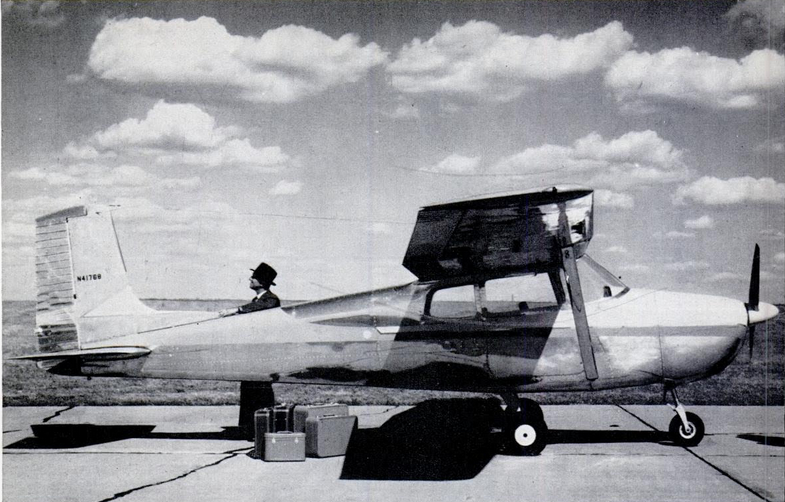
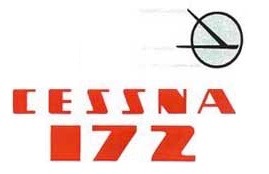
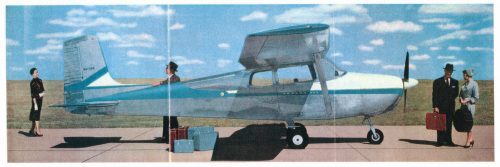
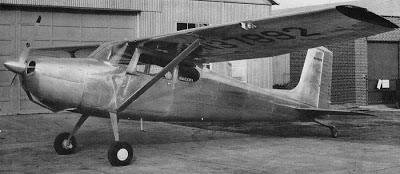
N41678, serial number 612, was originally a prototype for the Model 170C “tail-dragger.” It featured new, straight tail surfaces, in place of the classic rounded style. The airplane was then modified with tricycle-configuration landing gear. With the airplane in a horizontal attitude, the pilot had better visibility while on the ground. Taxiing, takeoff and landing were much easier. Flight testing showed that the increased drag slowed the 172 by about 5 miles per hour (8 kilometers per hour) when compared to the 170.
The Civil Aeronautics Administration (predecessor to the Federal Aviation Administration) approved the airplane’s type certificate, 3A12, on 4 November 1955.
The Cessna 172 was an immediate success, with 1,174 being produced in 1956. Total production of the original model was 3,808, before production changed to the Model 172A in 1960. During the 1960s, Cessna began marketing the airplane with the name Skyhawk.
The 172 was in production from 1956 until 1986, when product liability lawsuits made the cost of the airplane unaffordable. Production resumed in 1996 and continues today. More than 44,000 have been built in at least 24 variants by Cessna and its licensee, Reims Aviation Industries, in France. This is greater than any other aircraft type, and only the Lockheed C-130 Hercules has been in production longer.
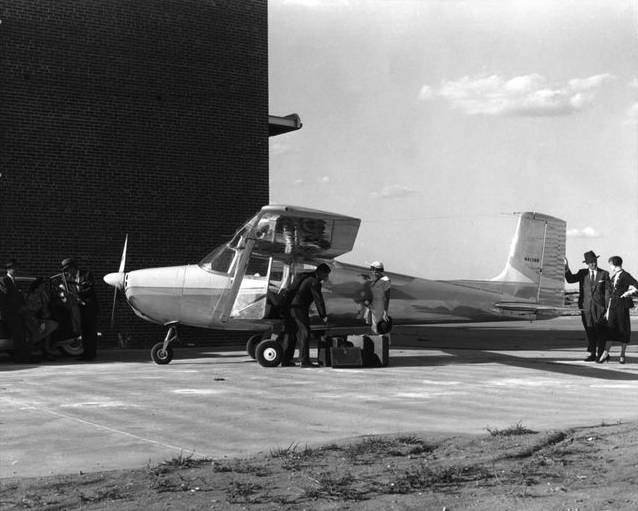
The Cessna 172 is a single-engine, four-place, high-wing, all-metal light airplane with fixed tricycle landing gear. The first production airplane was serial number 28000, registered N5000A. (This airplane is currently registered to an owner in Quincy, Illinois.) The list price in 1956 was $8,995.
Dimensions of the first Cessna 172 have been elusive. The current production model, the 172S Skyhawk, is 27 feet, 2 inches (8.280 meters) long, with a wingspan of 36 feet, 1 inch (10.998 meters) and height of 8 feet, 11 inches (2.718 meters). The wing is externally braced and has a 1° 30′ angle of incidence at the root, with 3° negative twist. The dihedral is 1° 44′. The total wing area is 174 square feet (16.17 square meters).
Certified in the Normal Category, the original Model 172 had an empty weight of 1,290 pounds (585 kilograms), and gross weight of 2,200 pounds (998 kilograms). It was also certified in the Utility Category as a 2-place airplane, with a maximum gross weight reduced to 1,950 pounds (885 kilograms). The Model 172S Skyhawk has a standard empty weight of 1,663 pounds (754 kilograms), and maximum takeoff weight of 2,550 pounds (1,157 kilograms).
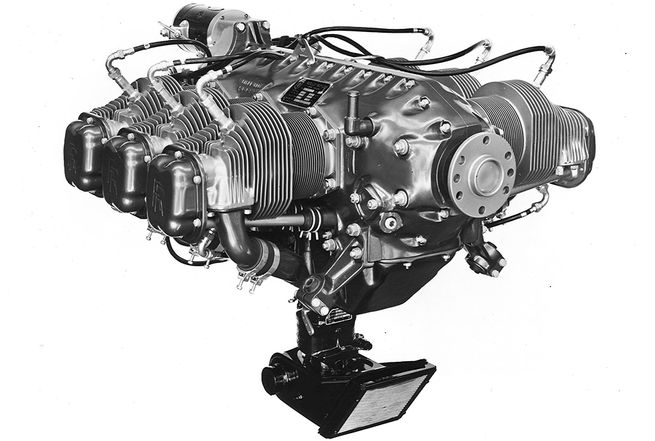

The Cessna 172S has a Maximum Structural Cruising Speed (VNO) of 126 knots (145 miles per hour/233 kilometers per hour), and the Never Exceed speed (VNE) is 160 knots (184 miles per hour/296 kilometers per hour).
There are two 28.0-gallon (106.0 liter) fuel tanks in the wings, with 53.0 gallons (200.6 liters) usable. The airplane has a maximum range at 75% power and 8,500 feet (2,591 meters) is 518 nautical miles (596 statute miles/959 kilometers).
The service ceiling is 14,000 feet (4,267 meters).
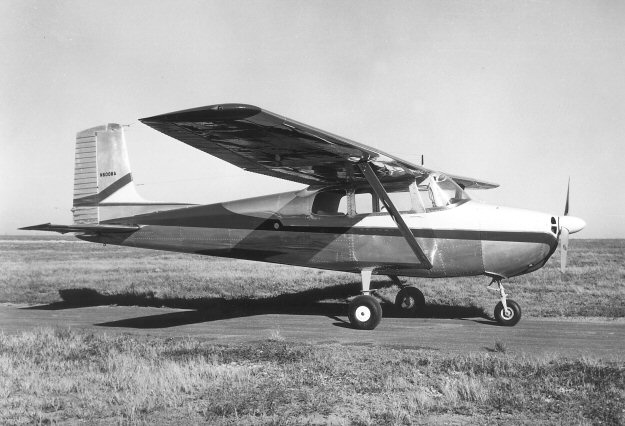
Emil Brown Feutz was born at Wichita, Kansas, 1 July 1923. He was the son of Wallace Frederic Feutz and Lelah Mae Brown Feutz. He attended the Missouri Military Academy, a private college preparatory school at Mexico, Missouri.
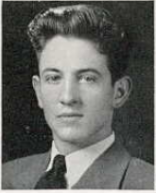
In 1941, “Buddie” Feutz entered the University of Missouri, Columbia, Missouri, as an engineering student. He was a member of the Sigma Nu (ΣΝ) fraternity.
Feutz was a member of the Class of 1945, but World War II interrupted his college plans. He enlisted in the United States Army at Jefferson Barracks, south of St. Louis, Missouri, on 25 January 1943. U.S. Army records say that was 6 feet, 0 inches (1.828 meters) tall and weighed 143 pounds (65 kilograms).
On 18 September 1949, Emil Feutz married Miss Dorothy Jean Estep, who was also at the University of Missouri, and an employee of LIFE Magazine. They would have four children.
Following the war, Feutz returned to the University of Missouri. He was a member of the American Society of Mechanical Engineers and the Engine Club. He graduated with a Bachelor of Science Degree in Mechanical Engineering (B.S.M.E.) in 1952.
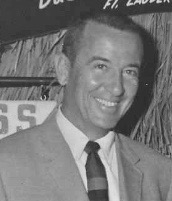
Fritz Feutz worked as an aerodynamicist and flight test engineer for the Beech Aircraft Corporation, 1950 to 1953. He flew as a test pilot for Cessna from 1953 until 1957, then went to the McDonnell Aircraft Company at St. Louis, Missouri. In 1961, Feutz founded his own company, Testair, Inc., also in St. Louis. He was a member of the Society of Experimental Test Pilots.
Emil Brown Feutz died at his home in Columbia, Missouri, 1 September 2013, at the age of 90 years. He was buried at Elmwood Cemetery, Mexico, Missouri.
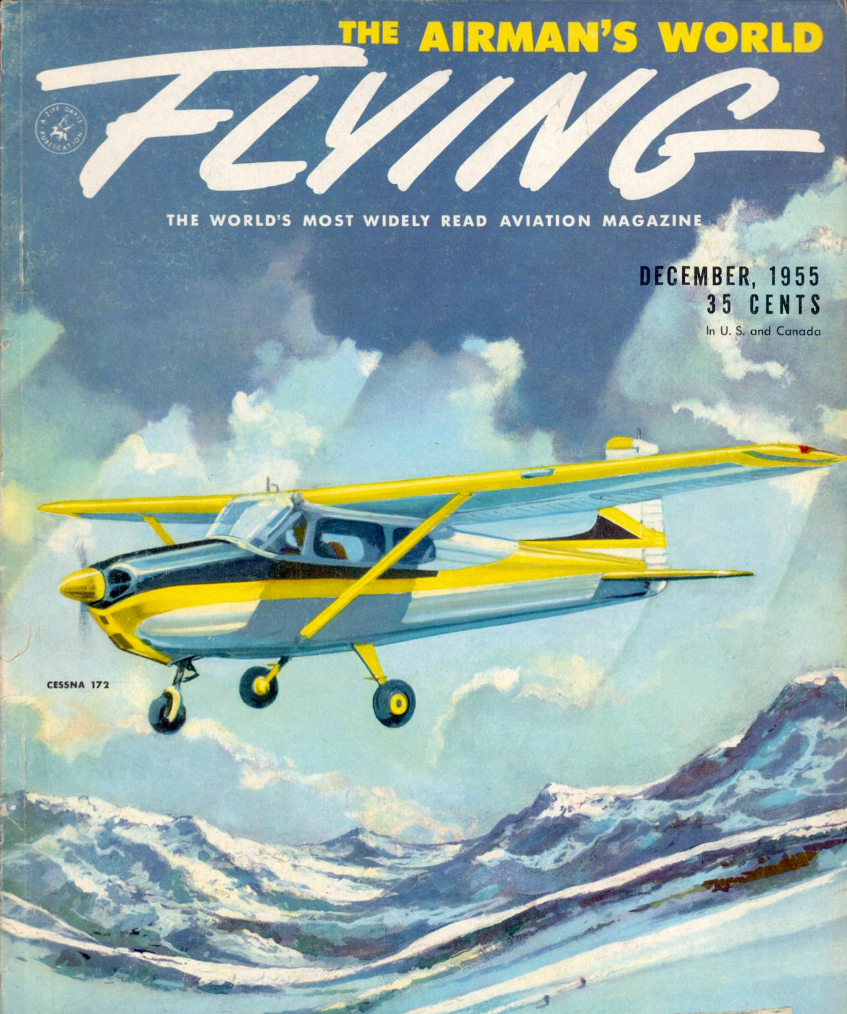
¹ “0-300-A is similar to C145-2 except parts material and ignition component substitutions.” —TYPE CERTIFICATE DATA SHEET NO. E-253
NOTE: TDiA reader steve.c told us about this 25-minute video from WQEC TV’s “Illinois Stories,” featuring the beautifully restored N5000A, the first production Cessna 172:
© 2018, Bryan R. Swopes
It is nice to describe in detail the CV of the pilot who flew the aircraft first. However, his person is less important because it could easily be replaced by someone else.
Far more important is the person of the aircraft designer. There is no mention of his person anywhere, although the designer is a whirling, non-flying pilot.
That is a valid point. It is not always easy to identify a specific person as the designer, though. In the case of the Cessna 172, I did come across a few people who engineered specific parts of the airplane, but it was based on an earlier airplane which had been designed by a group of people, and was in fact also based on a previous airplane. So, who designed the 172? I don’t know.
I wouldn’t discount the importance of the test pilot, though. They take the risks. Not many engineers have been killed by their drafting tables.
Bryan, my father pointed me to a recently-produced local PBS segment showcasing the first production airplane referenced in the article – N5000A.
https://youtu.be/vWEbOsZeqDM
I think they did justice for an elegant old aircraft.
Thanks for all you do here…
VERY INTERESTING! Thanks, Steve. 🙂
Great story. I’ve read every available story and seen every picture of the early 172s over the last decade. However I have never seen the cover of Flying Magazine. Good job. Dennis Ozment, N5000A.
Dr. Ozment: I recently watched the PBS documentary about your airplane. What a beauty! Thank you for restoring it to such perfection. And thank your very much for visiting TDiA. —Bryan
I had the pleasure of meeting Dennis at Oshkosh in 2019 and see his beautiful restoration of his plane, I am the owner of the next one off of the assembly line N5001A sn 28001 when Dennis and I compared notes in our log books we recovered that his was being used for the type certificate testing then demonstration flights after November 1955 my aircraft was on its delivery flight to the first owner of a production 172 in October of 1955 there is no date in my log books for the first flight due to no type certificate issued yet!
Minor quibble: the Beechcraft Bonanza, in some version, has been in continuous production since 1947, no break in production. The V-tails were terminated in 1979, the straight tailed 33 series in the 1990s. The G36 is still in current production. All three variants were manufactured simultaneously during the period from 1969 to 1979.
Very intresting history about Cessna Aircraft.